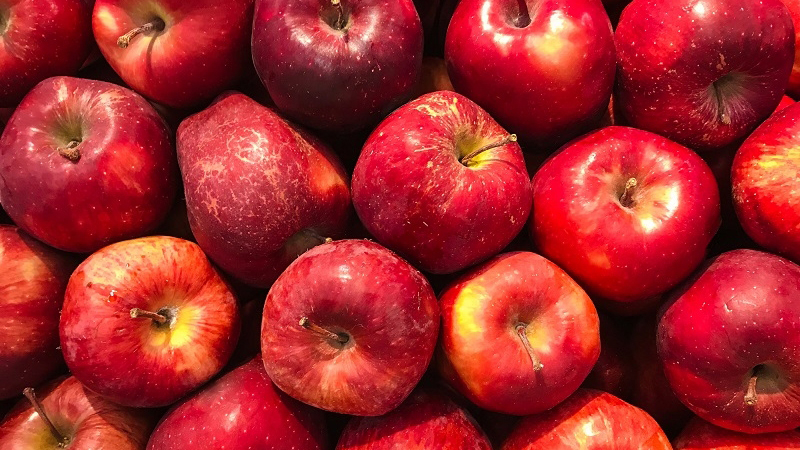The Benefits of Shading Peppers
It’s no secret bell pepper is an important crop in the Southeast. In Georgia alone, about 4,700 acres are dedicated to its production and the crop has a value of about $28 million in the state. This vegetable is produced in the spring and fall in Georgia. In the spring, bell peppers are planted from March to April and harvested from May to July. The increasing temperatures that occur in late spring and early summer reduce yields and increase the incidence of fruit physiological disorders such as blossom-end rot and sunscald.
Most bell pepper production in Georgia is done in open fields on plastic mulch. Use of plastic mulch combined with drip irrigation has typically resulted in increased yields and quality. There is, however, little information on the use of shade or shading nets for vegetable production in the state. Shading peppers in Mexico, Spain, and Israel have been found to increase yields in bells.
To find out how shading impacts bell peppers in the Southeast, a University of Georgia study was conducted during the spring and summer from 2008 to 2010. The results of this study define what “some” shade means and how much shade will benefit pepper crops.
A Shading Experiment
The experimental design was a randomized complete block with four replications and five shading treatments. Shading treatments were: 0%, 30%, 47%, 60%, and 80% reduction of direct sunlight. Shading was applied by using a black net placed on the bed and supported with metallic cable and posts forming a pyramid-like structure with the highest point at about 6 feet along the center of the bed.
Bell pepper transplants were planted in mid-April on two rows per bed, with about a foot between plants and about 14 inches between rows. Plants were grown on black plastic film mulch that was about 5 feet wide.
The experimental plot consisted of a 20-foot long, 3-foot wide raised bed formed on 6-foot centers. Starting three weeks after transplanting, plants were fertilized weekly through the drip system. Shade treatments were initiated in early May.
Root zone temperature (RZT) was measured by determining soil temperature midway between the plants within the row at 4 inches below the mulch and the soil surface. Air temperature data was measured every hour 1 foot from the soil surface using a sensor inside a data logger. Root zone temperature and air temperature were monitored from June 27 to August 12.
Air And Root Zone Temperature
In general, shading nets increase air temperature inside the net. In this study, however, air temperature was found to be similar among shading treatments (mean equals 80ºF), probably because the relatively small shading structures used allowed for air circulation that reduced the presence of air temperature gradients under shade.
What about the impact of RZT on the peppers? In several vegetable crops, we know that RZT under plastic mulch may influence plant growth and yield. This temperature is affected by the amount of heat retained by the plastic mulch, which is determined by the optical properties of the mulch.
RZT rose with greater intensity of solar radiation and decreased with increased shading. The temperature decrease was caused by increasing plant canopy cover. In this study, mean RZT decreased with increasing shading levels from about 86ºF at 0% shading to about 80ºF at 80% shading. At high shading levels, mean RZT was similar to mean air temperature.
Growth And Yield
Study results showed that plant height, leaf area, and leaf size grew larger with increased shading level. In addition and more importantly, yields were drastically affected by shading level. Both marketable and total yields increased with shading level up to about 30% and then decreased with increasing shading level.
On the other hand, cull yields decreased when shading was increased. The percentage of marketable fruit was lowest at 0% shading compared to about 90% marketable fruit for the other shading levels. The number of fruit per plant decreased substantially with increasing shading level above 30%.
Thus, the study results indicate that moderate shading (about 30%) increased total and marketable yields probably as a result of relieving fruit disorders (sunscald) associated with heat stress (reduction in canopy temperature and root zone temperature) compared to unshaded plants (0% shading). It is also important to note that moderate shading of bell pepper may also be an option to extend the growing season in the spring.










